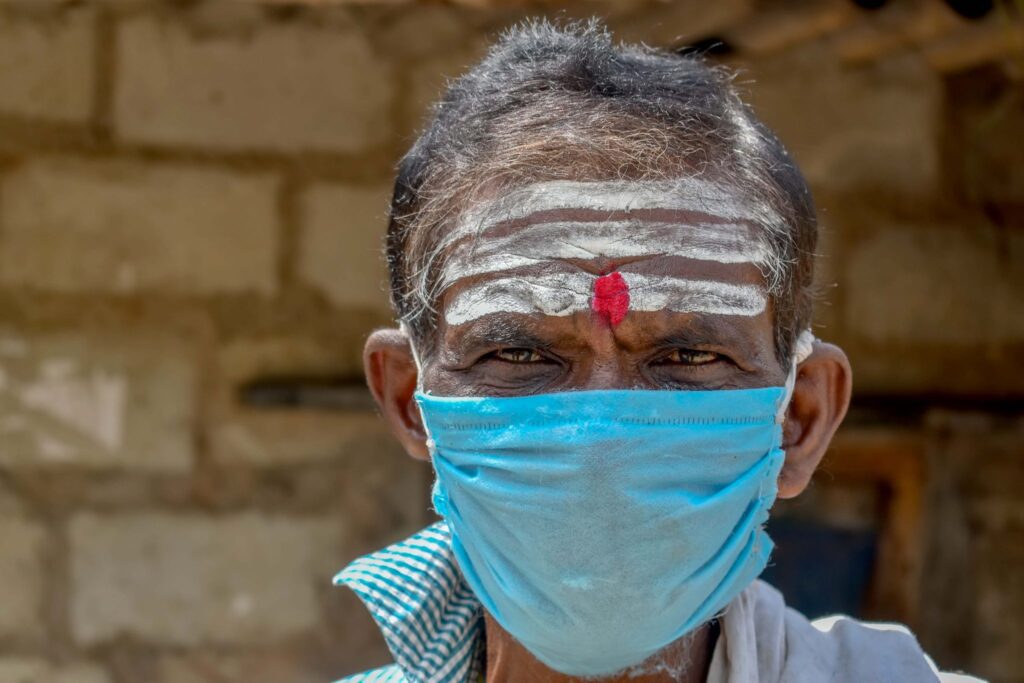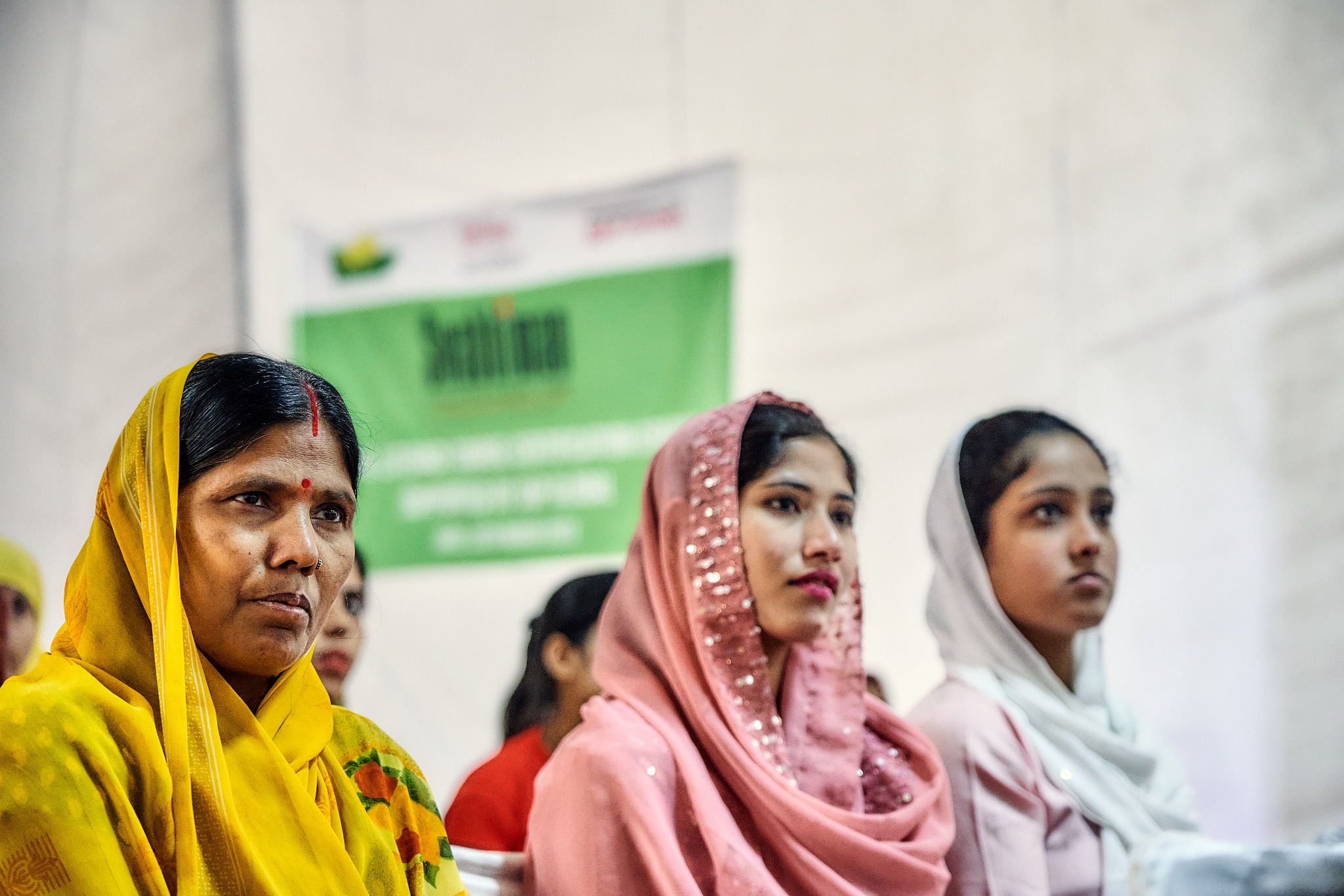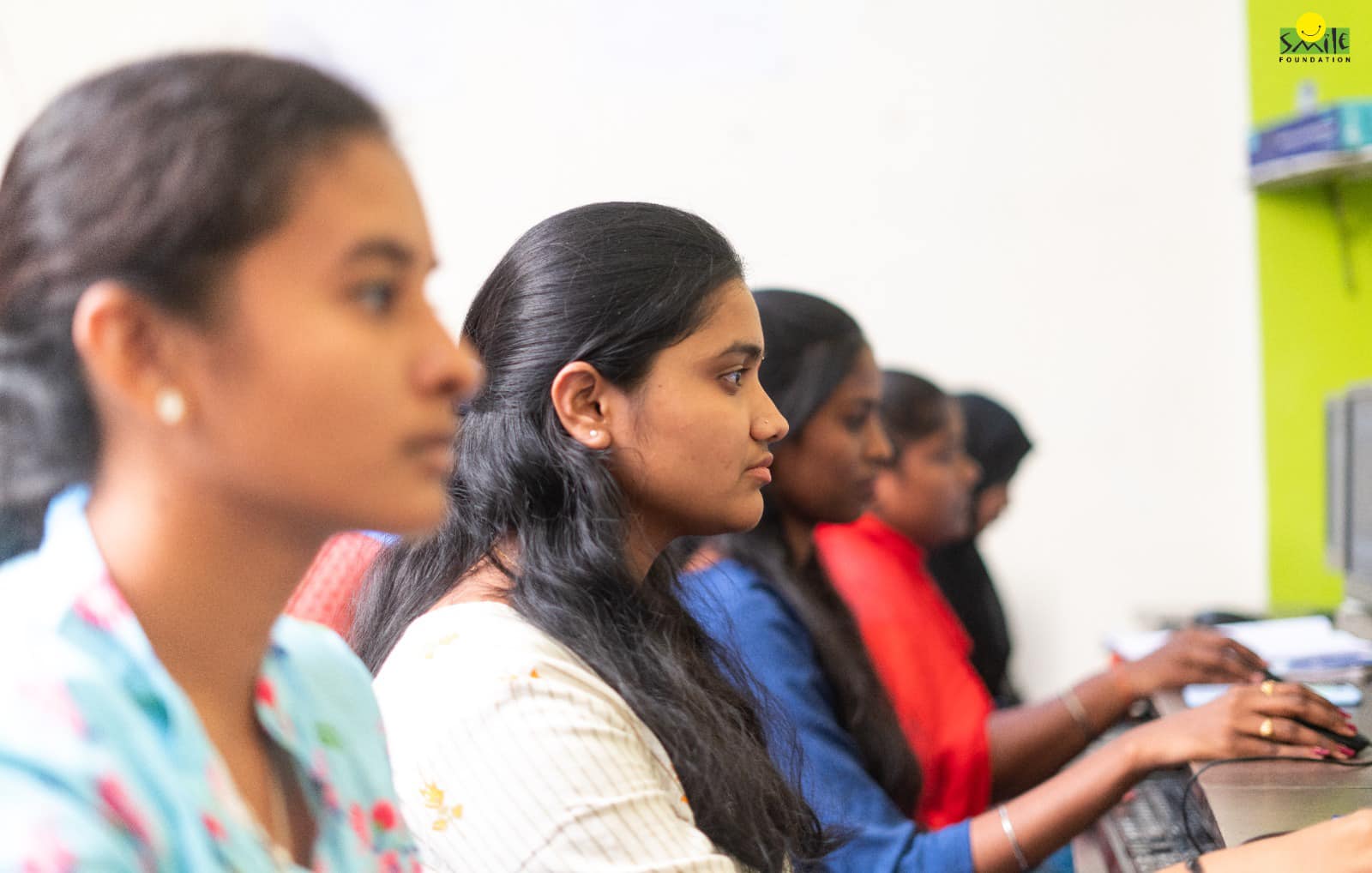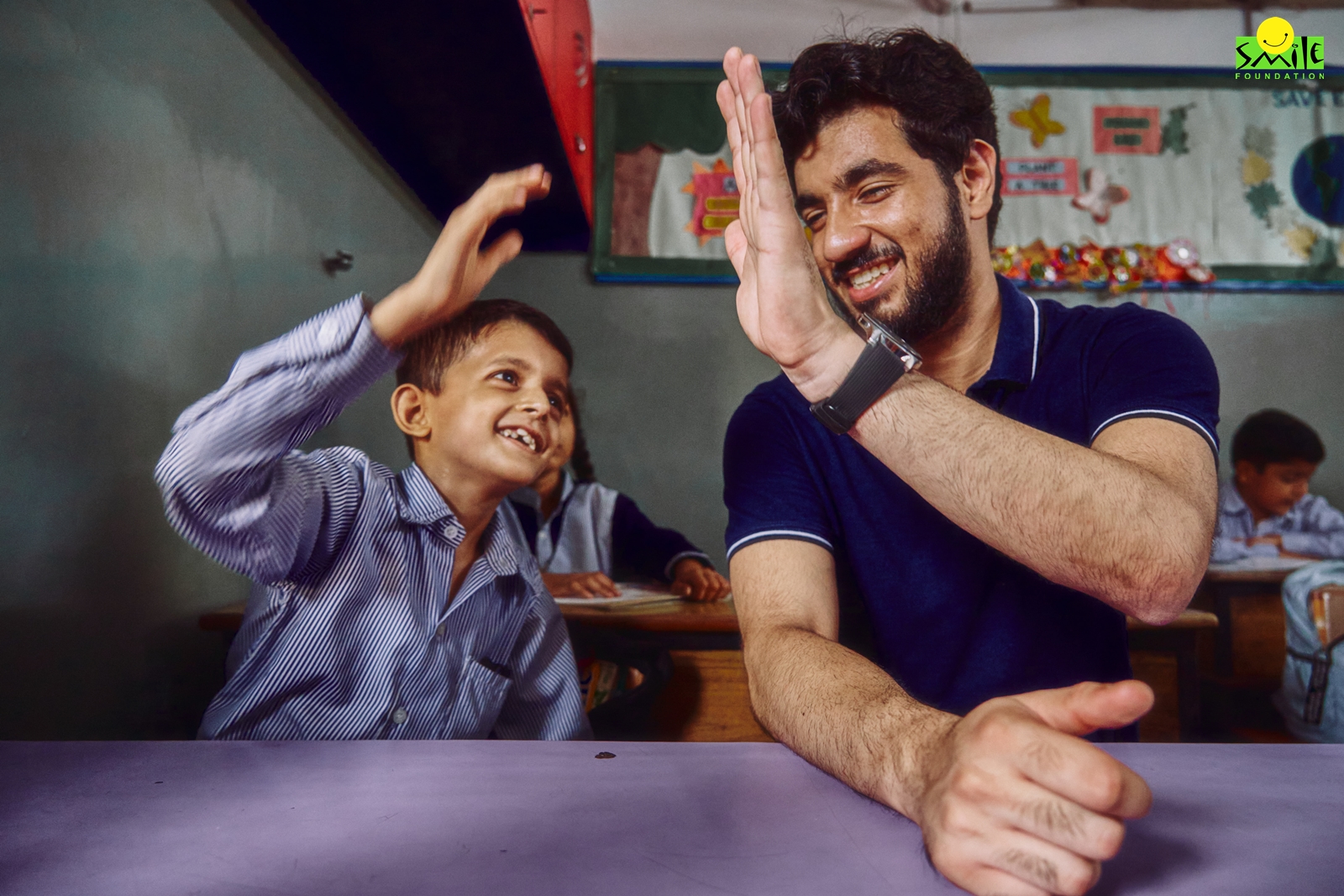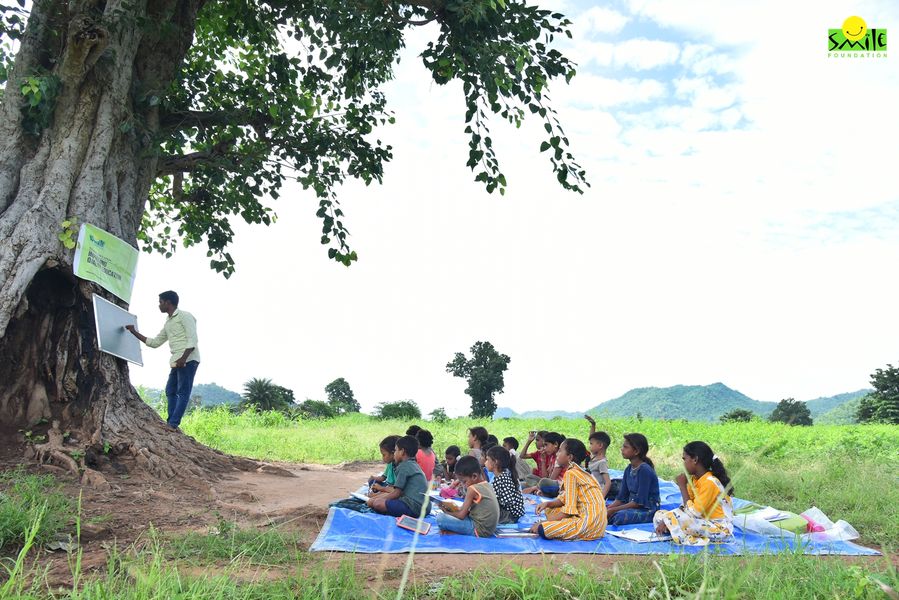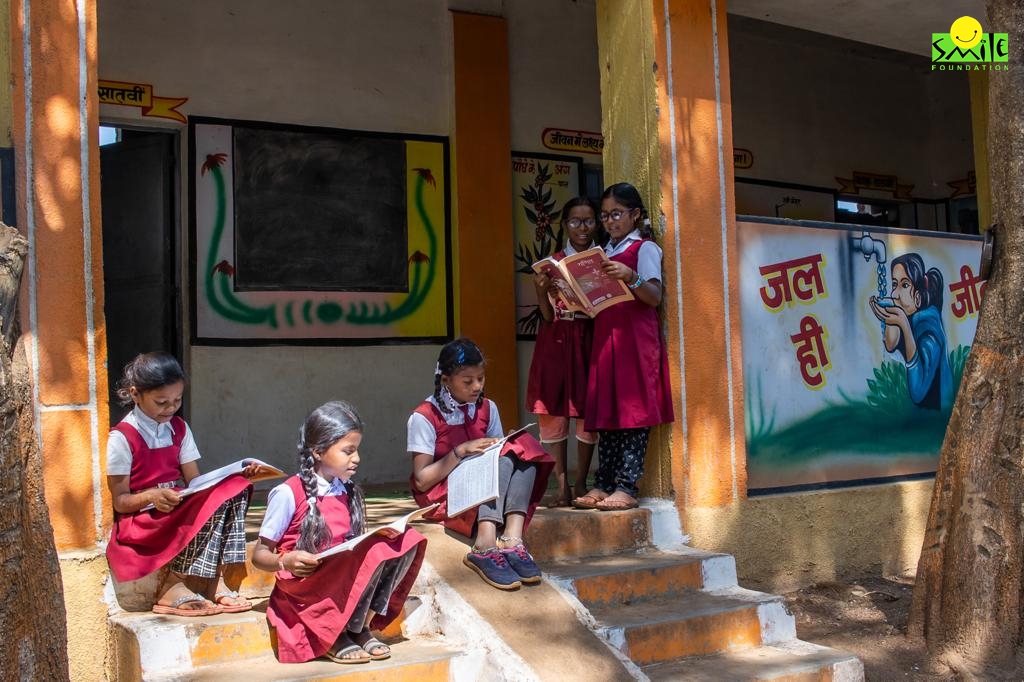October 1 is marked as International Day for Older Persons. This is an important day because elderly people are a vulnerable group. This day has been earmarked to celebrate the older generation. It is also for reminding everyone that it is important to take them into consideration while moving forward on the path to development. As per a report by the UN published in 2019, there are 703 million persons aged 65 or over. The regions of Eastern and South-Eastern Asia was home to the largest number of older persons (261 million). This is followed by Europe and Northern America (over 200 million). These large numbers make it more important than ever to bring into focus the issues faced by elderly people of our community.
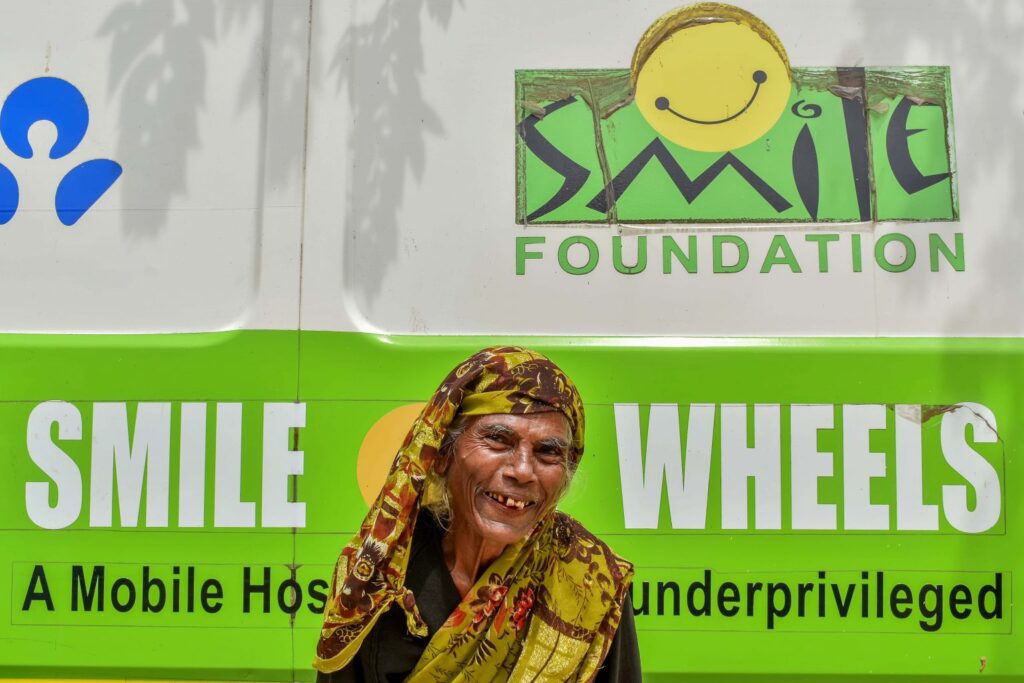
History of International Day for Older Persons
The United Nations General Assembly declared 14 December 1990 as the International Day of Older Persons. Before this, the Vienna International Plan of Action on Ageing was in place. This had been adopted in 1982 by the World Assembly on Ageing.
Following the declaration in 1990, the UN General Assembly adopted the United Nations Principles for Older Persons. Later, in 2002, the Second World Assembly on Ageing adopted the Madrid International Plan of Action on Ageing. All of these measures were taken to respond to the opportunities and challenges of population ageing in the 21st century and to promote the development of a society for all ages.
Theme for International Day of Older People 2021: Digital Equity for All Ages
Like every year, this year also there is a theme for the International Day of Older Persons—Digital Equity for All Ages. This theme seeks to affirm older people’s need for access and meaningful participation in the digital world.
The idea is to bring awareness about the inclusion of older persons in the mainstream. At the same time, we also need to address stereotypes, prejudices, and discrimination. Elderly people face all of this on the path to digitalization.
Need for protecting the elderly
Growing use of digital technology has transformed all aspects of our lives. It has impacted the way we live, work, and relate to one another. Despite the staggering impact of digital innovation in our lives, the International Telecommunications Union has done a survey revealing some notable figures. Almost half of the global population was using the Internet in 2019. However, the percentage of youth among this is 69 per cent. This shows that elderly people are not using the Internet as much. Moreover, their reports also indicate that women and older persons experience greater digital inequity. This can be due to various reasons. For instance, they may lack access to technologies or are not able to fully benefit from the opportunities provided by technological progress.
People from the older generation are at new kinds of risks in the digital era. They are prime targets for cybercrimes which can threaten their privacy and security. The policy and governance spaces have not been able to keep up with the rapid digitization of technology. Thus, digital equity is an important aspect in the life of an older person.
Objectives set by the UN for inclusion of elderly people
Bring awareness of the importance of digital inclusion of older persons, while tackling stereotypes, prejudice and discrimination associated with digitalization, taking into account sociocultural norms and the right to autonomy.
Highlight policies to leverage digital technologies for full achievement of the sustainable development goals (SDGs).
Address public and private interests, in the areas of availability, connectivity, design, affordability, capacity building, infrastructure, and innovation.
Explore the role of policies and legal frameworks to ensure privacy and safety of older persons in the digital world.
Highlight the need for a legally binding instrument on the rights of older persons and an intersectional person-centered human rights approach for a society for all ages.



